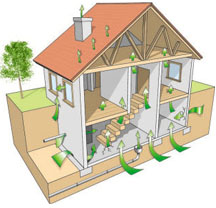Dangers of Radon Exposure in Iowa Homes
By now, many people are aware that there is a strong link between radon exposure and cancer. Radon exposure is the second leading cause of lung cancer in the United States, affecting more than 15,000 people each year. If you live in Iowa, your chances of dying from radon exposure are high – every year, around 400 Iowans die due to radon exposure.
First, a breakdown. What exactly is radon? Radon is a radioactive gas that is colorless, odorless, and tasteless. It is released during the decay of the elements uranium, thorium, and radium. This decay is a process that occurs in rocks and soil. Once the gas has been released, it makes its way through the ground and distributes into the air above. Radon is present nearly everywhere – everyone breathes in radon on a daily basis, although the amount is generally not large enough to be of concern.
When radon is present in large concentrations within a home, that is when the trouble starts to develop. There are many ways that radon can enter your home:
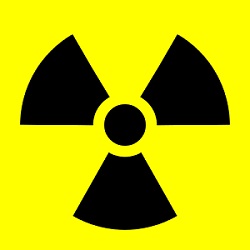 Floor Cracks
Floor Cracks- Foundation Cracks
- Use of Well Water
- Wall Cracks
- Building Materials
Radon can seep through cracks in your home and may be released through well water or building materials as well. If your home is well-insulated and sealed off, there is a more of a chance that the radon levels in your home will be higher than average.
Radon Connected to Cancer in Iowa Residents
Any concentration of radon above 4pCi/L is considered dangerous. Prolonged exposure to such levels of radon could result in the development of lung cancer. Scientists began to notice the effects of radon during a study done on underground uranium miners, who were dying of lung cancer at above average rates. Further studies showed that rodents who were exposed to high levels of radon were more prone to develop lung tumors. More studies were done later comparing the radon levels in the homes of those who had lung cancer and those who did not. The research showed that higher radon levels produced a higher risk of lung cancer.
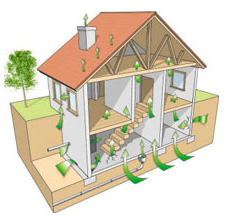 Radon causes cancer by decaying quickly, giving off small radioactive particles in the process. These radioactive particles damage the lining cells in the lung when they are inhaled. If a person is exposed to radon long-term, this damage may eventually result in lung cancer. Although there have been speculations of an increased risk of leukemia due to radon exposure, lung cancer is the only cancer proven to be linked directly to radon.
Radon causes cancer by decaying quickly, giving off small radioactive particles in the process. These radioactive particles damage the lining cells in the lung when they are inhaled. If a person is exposed to radon long-term, this damage may eventually result in lung cancer. Although there have been speculations of an increased risk of leukemia due to radon exposure, lung cancer is the only cancer proven to be linked directly to radon.
The only way to tell if there are elevated radon levels in your home is by testing. That is why it is important to have your home tested for radon as soon as possible. Ameriserv Radon Mitigation can help you find out if there is a radon problem in your home with our numerous radon testing methods. We will also help you take care of elevated radon levels with our radon mitigation services. Contact us today to see our Iowa service area and to get more information. Learn more about radon here.
 Our Response to COVID-19
Our Response to COVID-19 

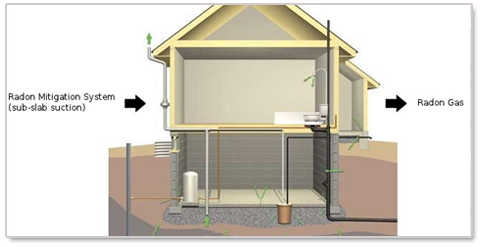

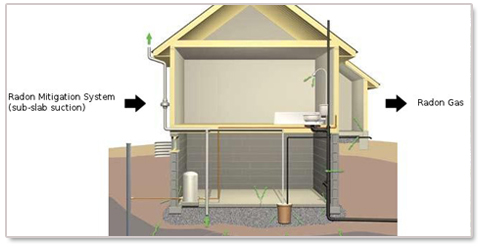 If you are looking to sell your home, or if you just want to ensure that it is a safe place for you and your family, consider investing in radon testing from Ameriserv. We are happy to offer testing and
If you are looking to sell your home, or if you just want to ensure that it is a safe place for you and your family, consider investing in radon testing from Ameriserv. We are happy to offer testing and 
